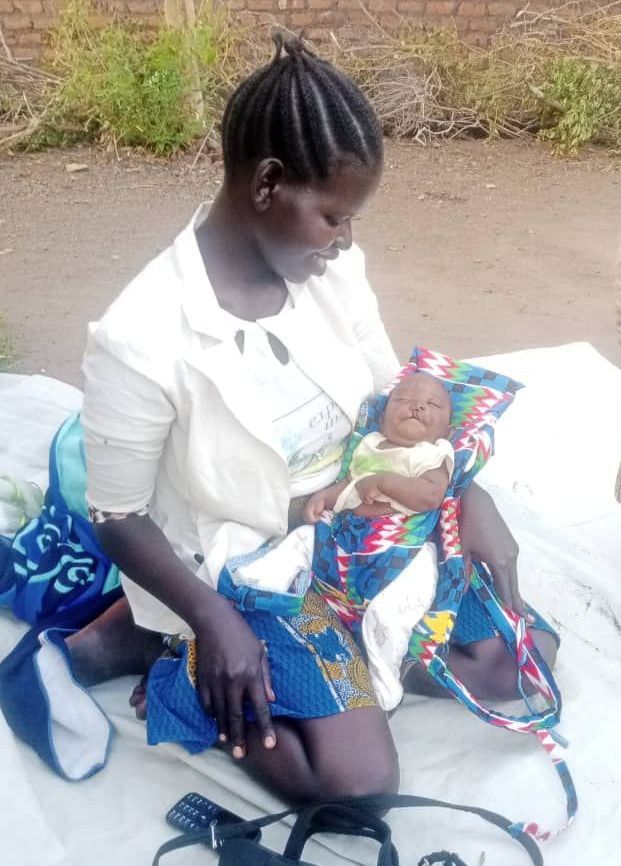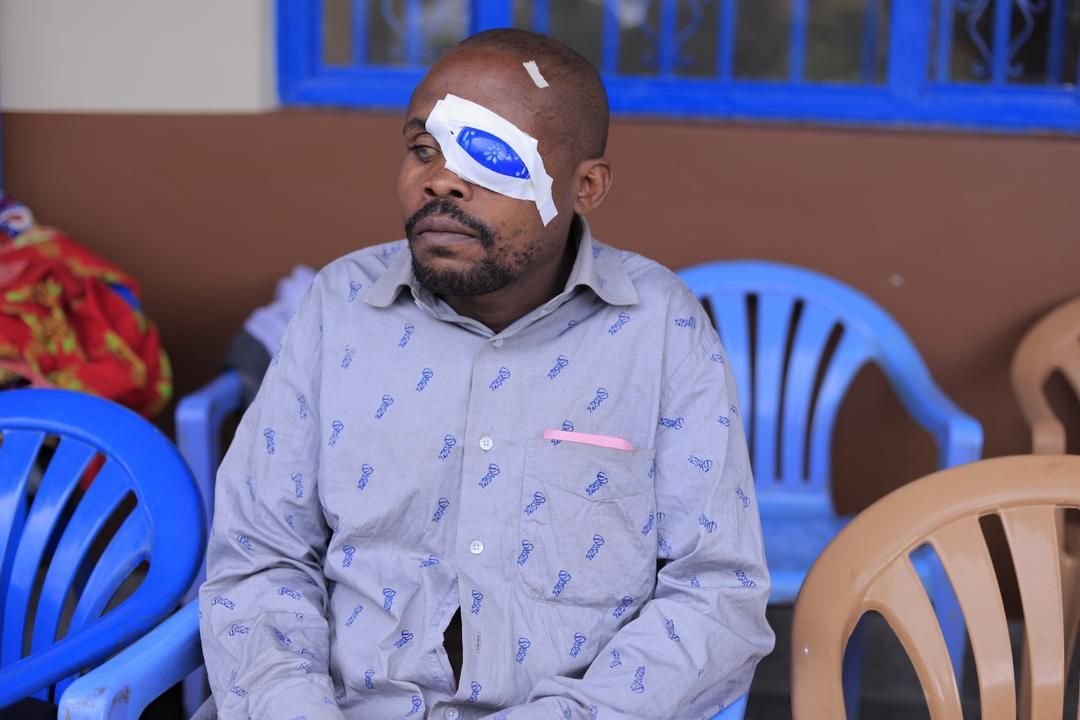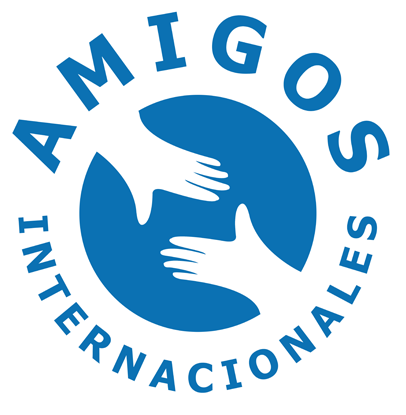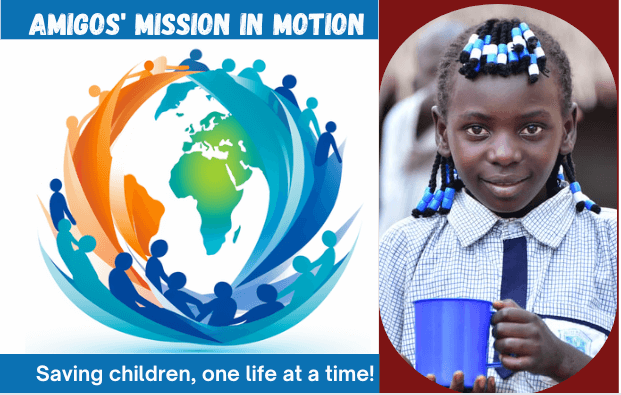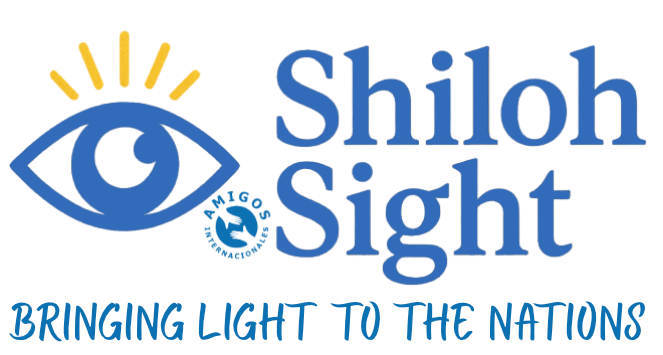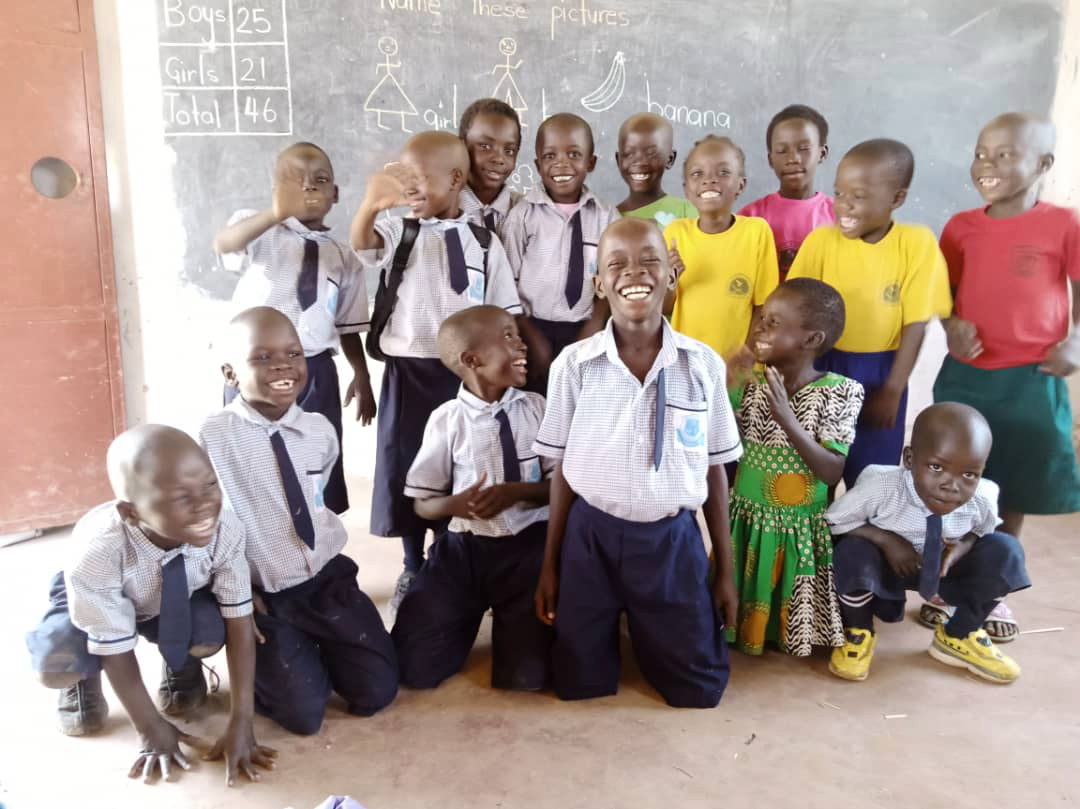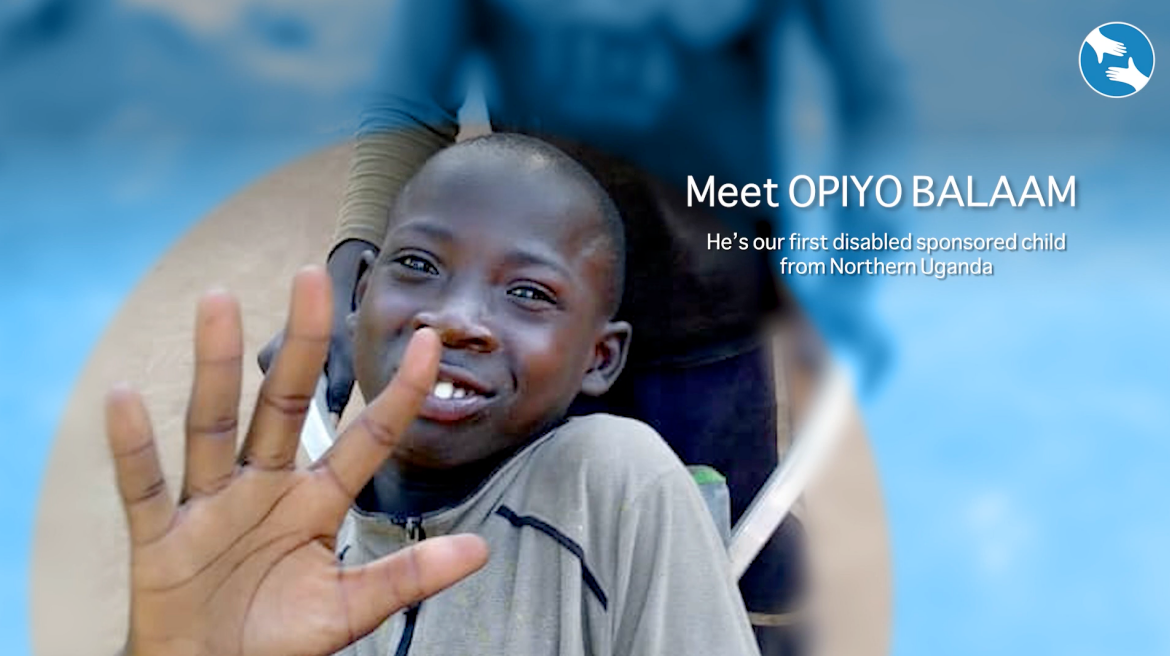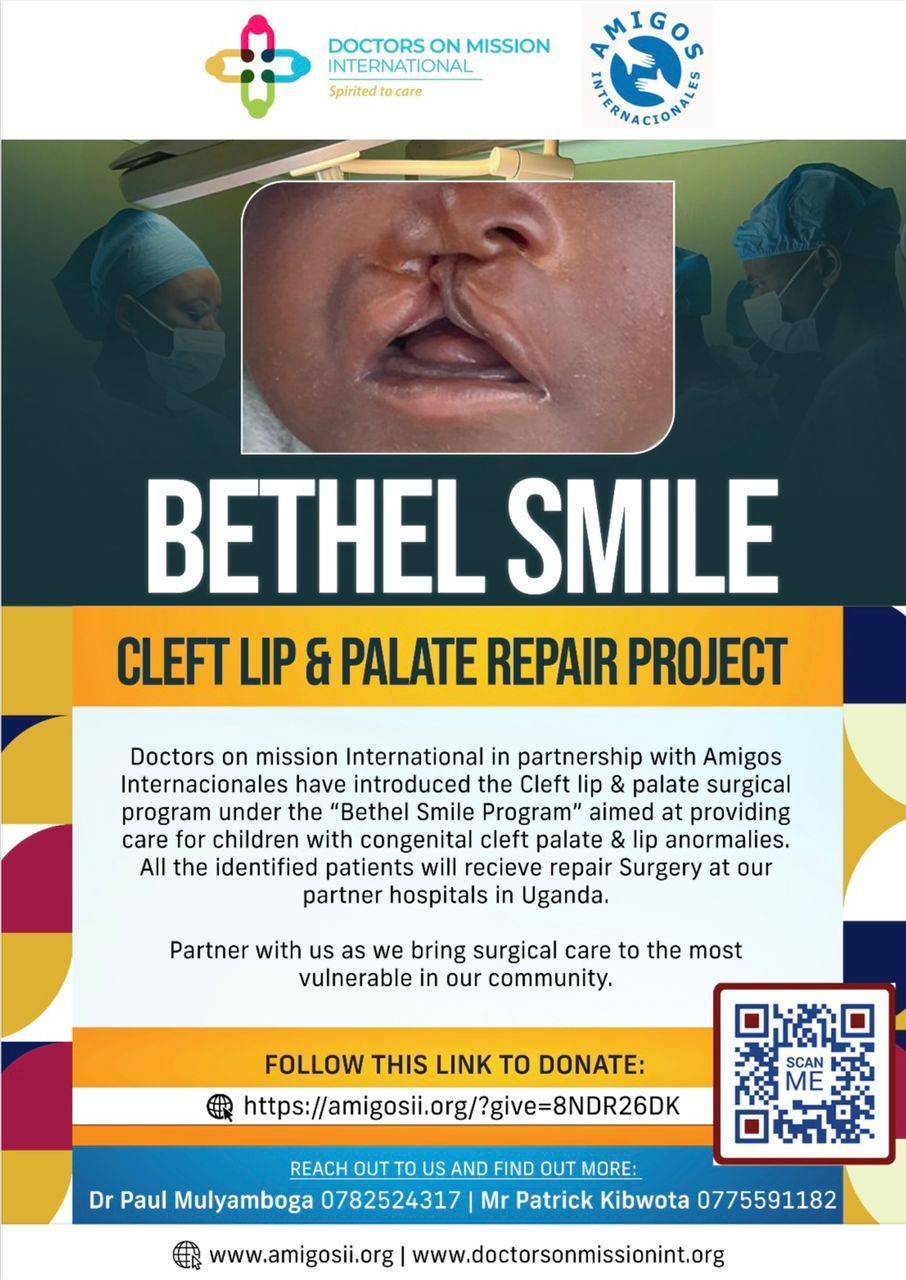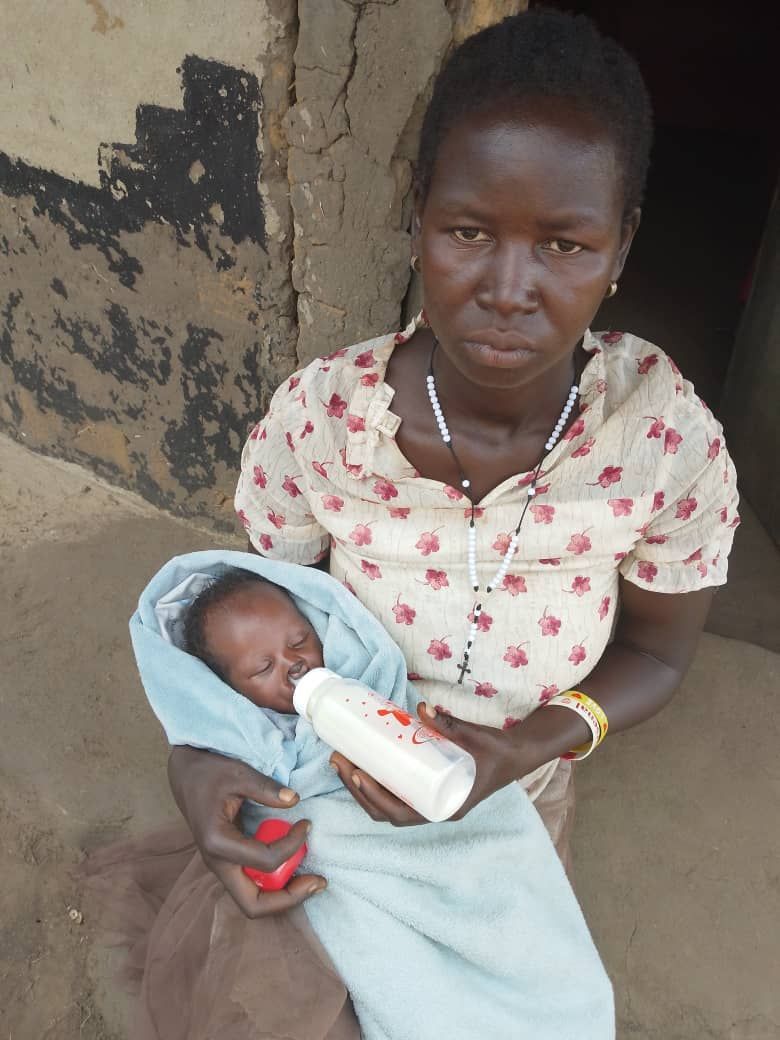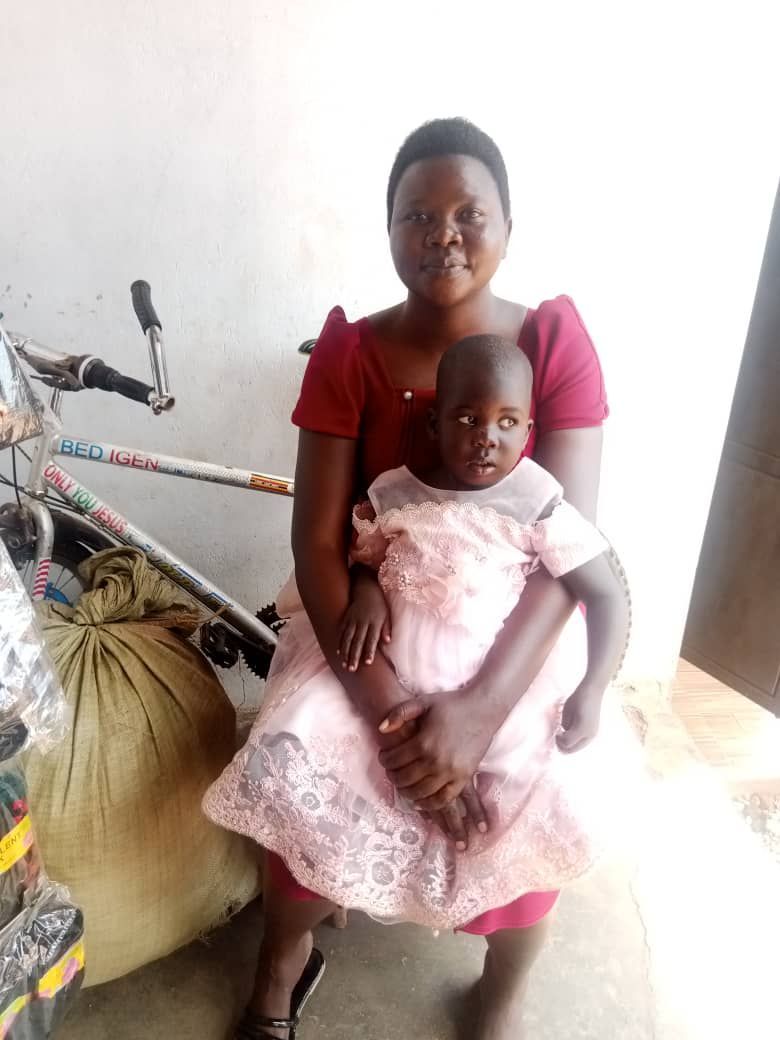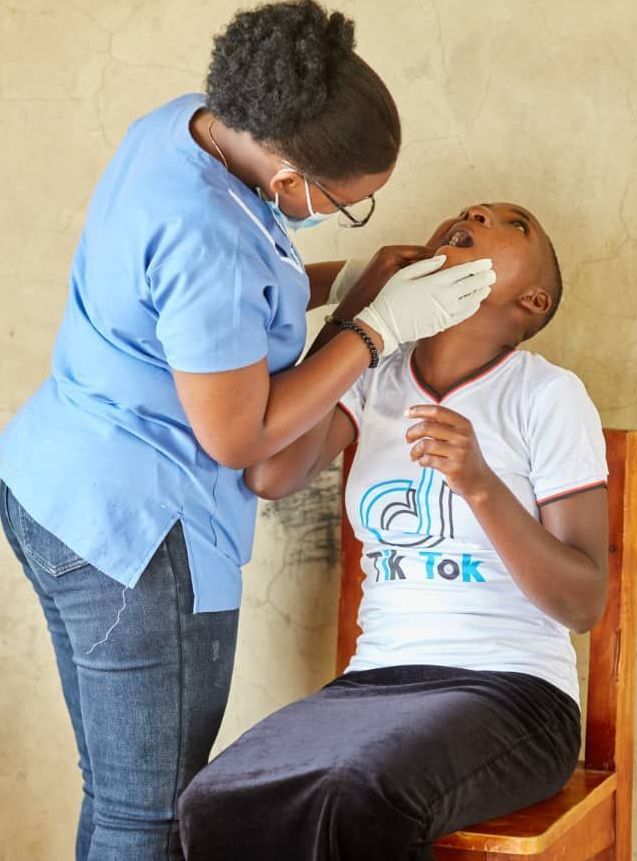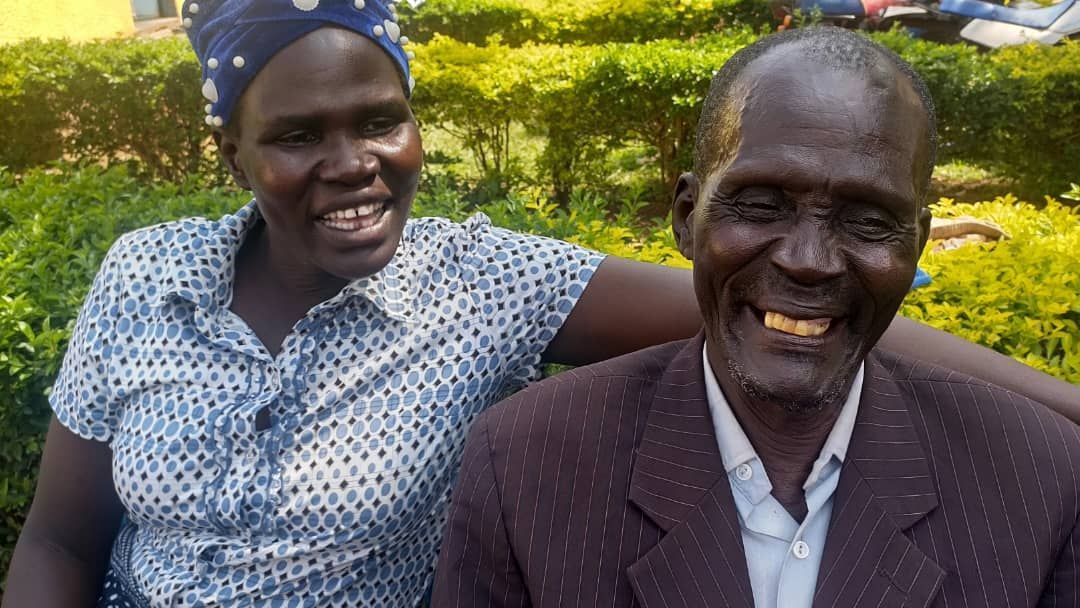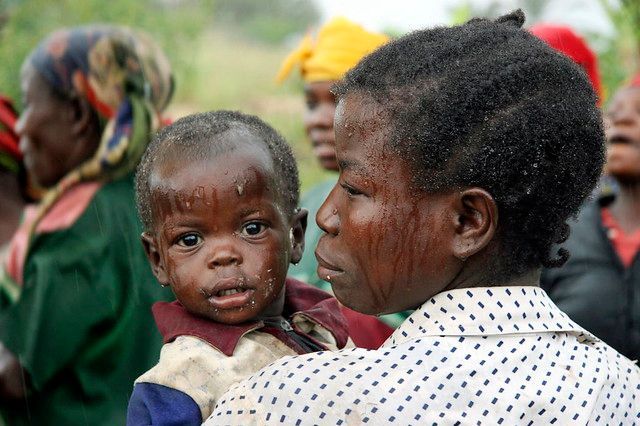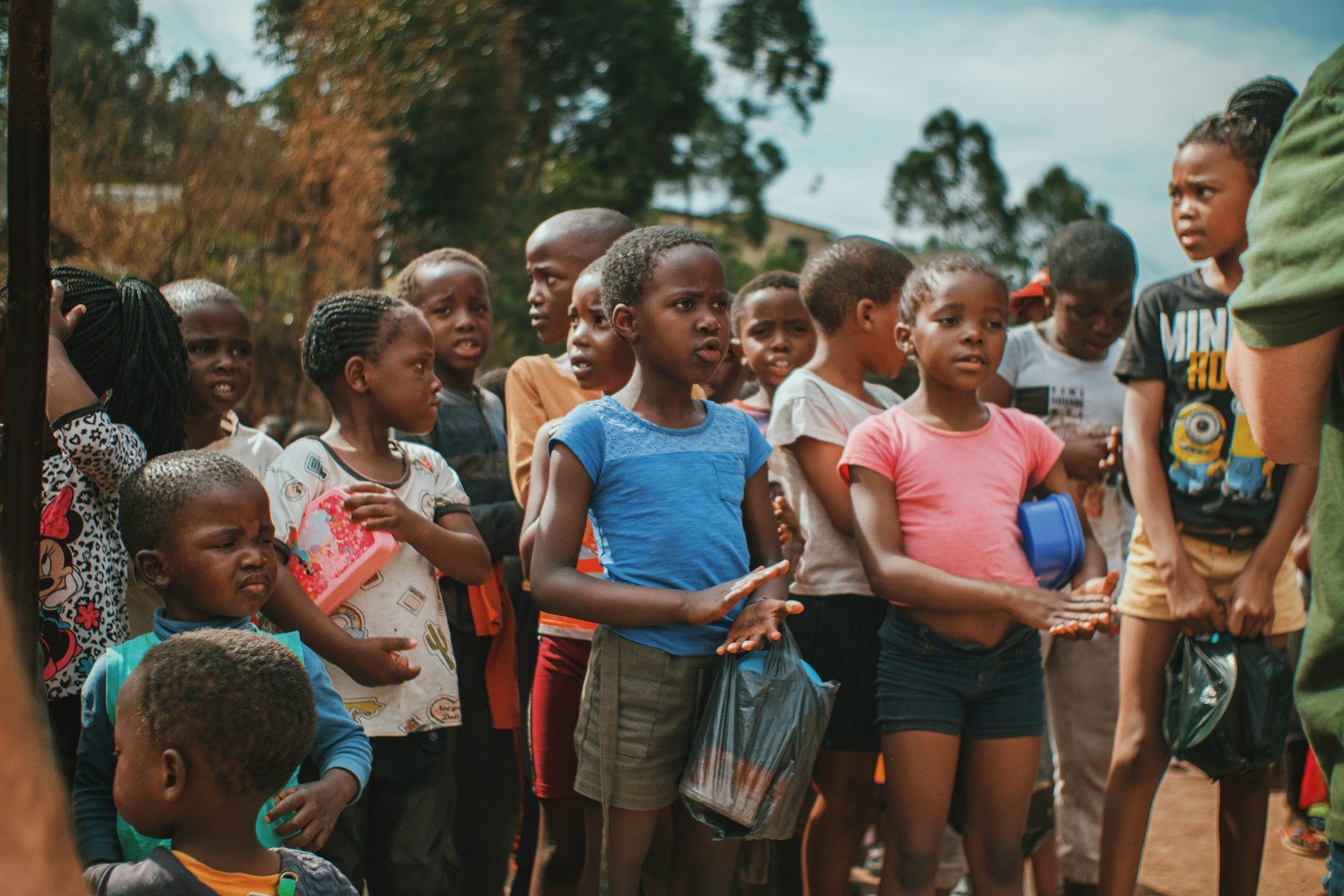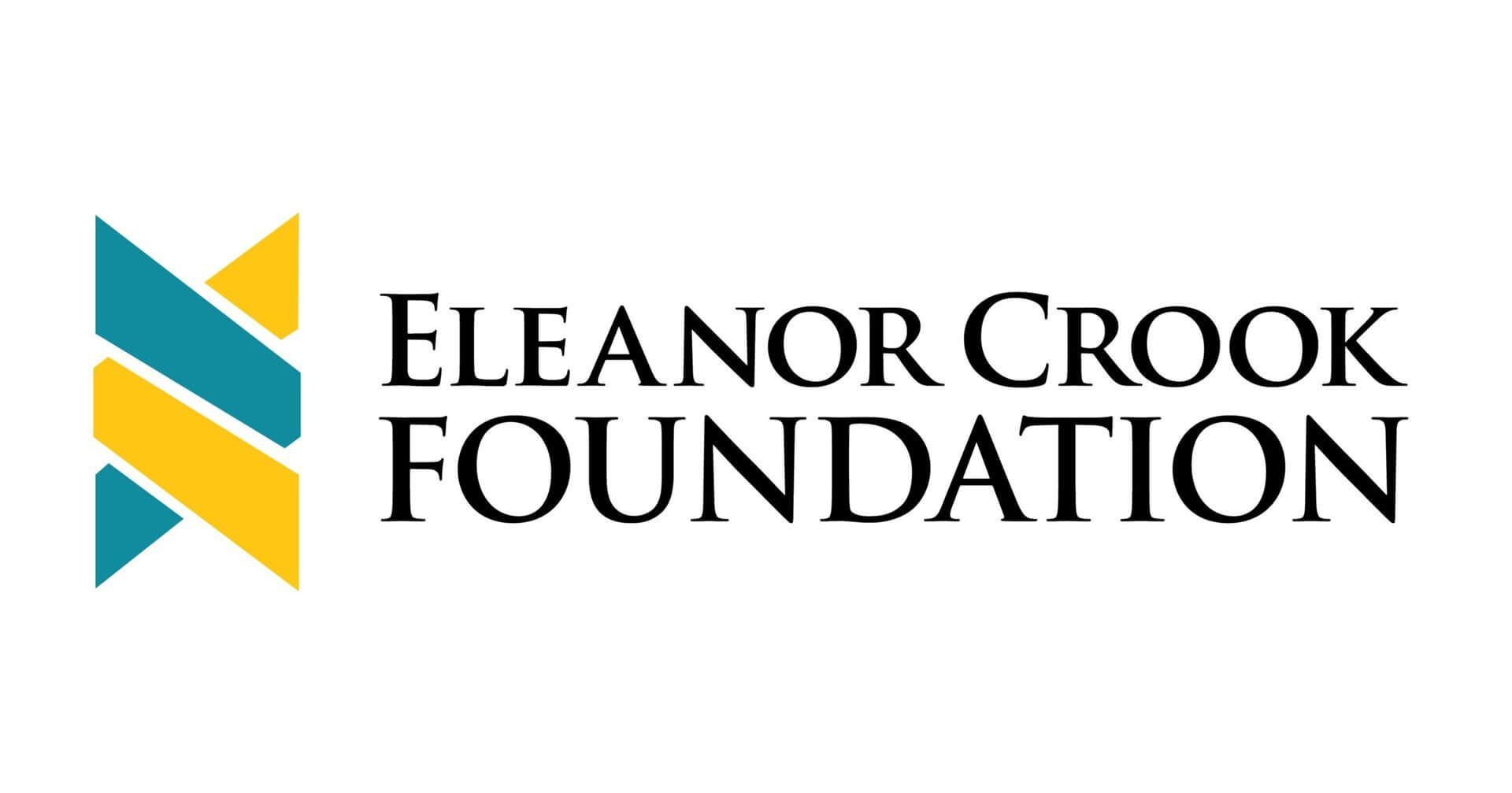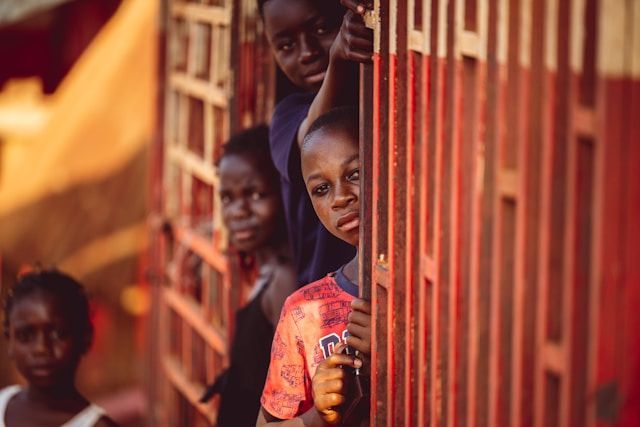
Picture a kid in Africa skipping meals because there’s just no food at home. That’s the reality for nearly 700 million people worldwide living in extreme poverty in 2025, scraping by on less than $2.15 a day. Most of them are in Sub-Saharan Africa, where poverty isn’t just about money, it’s about hunger, sickness, and missed chances at a better life. At Amigos Internacionales, we’re tackling this in Uganda, feeding kids and building wells to break poverty’s grip. This blog lists the top 10 countries with the highest poverty rates in 2025, backed by World Bank data. For global poverty stats, peek at the World Bank.
>> Help fight poverty. Donate at DONATE NOW
today!
Understanding Global Poverty in 2025
Poverty’s not just an empty wallet, it’s no food, no doctor, no hope. In 2025, 692 million people, 9% of the world, live below $2.15 a day, mostly in Sub-Saharan Africa, per the World Bank’s Poverty and Inequality Platform. Conflicts rip communities apart, climate change kills crops, weak economies cut jobs. The World Bank uses household surveys, adjusted for local prices, to track this. Sub-Saharan Africa’s poverty rate is 30%, triple the global average, per UNDP’s Human Development Report. In Uganda, families choose between meals, school. Amigos sees ways to fix this. Want to explore poverty metrics? See Our World in Data.
>> Related Post: Top 10 poorest African countries in 2025
Top 10 Countries with Highest Poverty Rates
Where’s poverty worst in 2025? The World Bank’s 2021-2023 data, with 2025 projections, points to these 10 countries, sorted by percentage below $2.15/day. Each faces unique struggles, from war to climate shocks, driving hunger, hardship. Here’s a deep look, grounded in World Bank, UNDP data.
1. Madagascar
Madagascar’s 30 million people endure extreme poverty at a staggering 75% rate, as reported by World Bank 2023. Devastating cyclones, such as Batsirai in 2022, obliterate farms and homes, leaving families without crops or shelter. While 80% rely on subsistence agriculture, outdated techniques and climate shocks deepen chronic hunger, with nearly half of children under five stunted. Political instability since 2009 has deterred investment, though ecotourism holds potential if infrastructure can be strengthened.
2. Central African Republic
In the Central African Republic, 70% of its 5 million residents live below $2.15 a day, driven by a brutal civil war since 2013, per World Bank 2021. Violence has dismantled roads and clinics, forcing subsistence farmers to flee, resulting in widespread food shortages. With only 5% accessing electricity, children are deprived of education, and malnutrition is rampant, though UN peacekeepers offer a glimmer of stability amid persistent poverty.
3. Malawi
Malawi’s 21 million people see 70% trapped in extreme poverty, heavily dependent on agriculture like tobacco, which employs 80%, per World Bank 2022. Droughts and floods devastate harvests, and a 30% food price surge in 2024, forces families to survive on one meal daily. With only 11% having electricity, a 2023 currency devaluation deepened woes, though modern farming could offer hope.
4. Somalia
Somalia’s 17 million residents face a 70% poverty rate, exacerbated by decades of civil war since 1991 and Al-Shabaab’s ongoing attacks, per World Bank 2020. Severe droughts, like 2022’s, left 2 million food insecure, and 90% lack clean water. Disrupted farming and collapsed health systems keep children out of school, though port development could spur growth if peace prevails.
5. Democratic Republic of Congo
Despite vast cobalt and copper reserves, 65% of the DRC’s 100 million people live in poverty, drained by conflicts since the 1990s and systemic corruption, per World Bank 2021. Malnutrition plagues 40% of children, and poor roads isolate farmers, with only 20% accessing electricity. Stability and infrastructure investment could unlock immense potential, but challenges persist.
>> Related Post: 5 Causes of Food Insecurity in 2025: Effects & How to Solve Them
6. Burundi
Burundi’s 13 million people endure a 65% poverty rate, scarred by a 1993-2005 civil war and political turmoil since 2015, per World Bank 2021. Subsistence farming, supporting 80%, struggles with severe food insecurity and limited water access. Inflation soared to 22% in 2024, yet renewed international aid since 2022 offers a cautious path toward recovery.
7. South Sudan
South Sudan’s 11 million residents face a 60% poverty rate, fueled by civil war since 2011 and recurring floods that displace millions, per World Bank 2023. Mismanaged oil revenues, comprising 90% of income, leave 50% of children malnourished, with scarce schools and unsafe water spreading disease. Ongoing peace negotiations provide a flicker of hope for progress.
8. Mozambique
Mozambique’s 33 million people see 60% living below $2.15 a day, battered by cyclones and a northern insurgency since 2017 that displaced 800,000, per World Bank 2022. Agriculture, employing 70%, suffers from floods, and corruption siphons gas reserve profits, perUNHCR 2024. With only 30% accessing electricity, stability could lift millions.
9. Yemen
Yemen’s 34 million people grapple with a 50% poverty rate, driven by a war since 2015 that has triggered 60% food insecurity. Collapsed healthcare, bombed schools, and halted oil exports deepen the crisis, per FAO 2024. Humanitarian aid offers relief, but only peace can reverse this man-made catastrophe.
10. Niger
In Niger, 45% of 27 million people live below $2.15 a day, strained by desertification and a 3.8% annual population growth that outpaces resources, per World Bank 2023. Droughts fuel hunger, only 10% have electricity, and education averages two years. Uranium exports could drive growth, but benefits rarely reach the poorest.
These countries aren’t just numbers, they’re home to kids who need help now. For raw data, check
World Bank PIP.
>> Related Post:
How does food insecurity affect children: Effects of child hunger
Amigos Internacionales’ Fight Against Poverty-Driven Hunger
Poverty and hunger go hand in hand, and Amigos is breaking that link in Uganda. We feed 150 kids every day at Open Hands Academy with meals packed with proteins, veggies to fight malnutrition. At Harvest of Hope, we give orphans food and a safe school, helping them grow strong, not just get by. Since 2018, we’ve served over 7 million meals across Africa and Central America, and Uganda’s our focus now. We also plant gardens at schools, grow carrots, spinach for kids’ plates, and teach families sustainable farming so they’re not hungry tomorrow.
>> Related Post:
Building Water Wells in Africa: Costs, Benefits, and Impact
How You Can Help
You can be the reason a child doesn’t go to bed hungry tonight.
- $25 ensures meals for a Family for a Week.
- $50 Equips a Child with Essential Education Supplies for a year.
- $100 Empowers mothers to learn skills and support their families.
DONATE NOW
Conclusion
In 2025, 692 million people, mostly in Sub-Saharan Africa, live in extreme poverty, facing hunger and hardship in countries like South Sudan, Madagascar, DRC. The World Bank’s data shows us where the need’s greatest, but it’s people like you who make change happen. Amigos Internacionales is feeding kids, drilling wells, building schools in Uganda to fight poverty’s worst effects. Your donation can give a child a meal, clean water, and a chance at a better life.
FAQs
- What does extreme poverty mean in 2025?
It’s living on less than $2.15 a day, impacting 692 million people, mostly in Africa, with little food, water, or shelter, per World Bank’s 2024 data. - Why do African countries have high poverty rates?
Wars, climate disasters like droughts, weak job markets keep families trapped, with 40% of kids in extreme poverty, says World Vision 2024. - Which countries have the highest poverty in 2025?
South Sudan, Madagascar, DRC, Burundi, Central African Republic, Somalia, Malawi, Mozambique, Niger, Yemen, based on World Bank estimates. - How does Amigos help with poverty in Africa?
In Uganda, we feed 150 kids daily, plant gardens, build $10,000 wells, run schools to tackle hunger, illness, and education gaps. - What can my donation to Amigos do?
It funds meals, wells, school supplies, helping kids stay healthy, learn, break free from poverty’s cycle in places like Uganda. - How do wells fight poverty’s effects?
Clean water stops sickness, saves time, lets kids eat well, go to school, like at Open Hands serving 150 children. - Why should I donate to Amigos in 2025?
Your gift feeds, educates, empowers kids in Africa’s poorest areas, creating lasting change where poverty hits hardest.
Categories
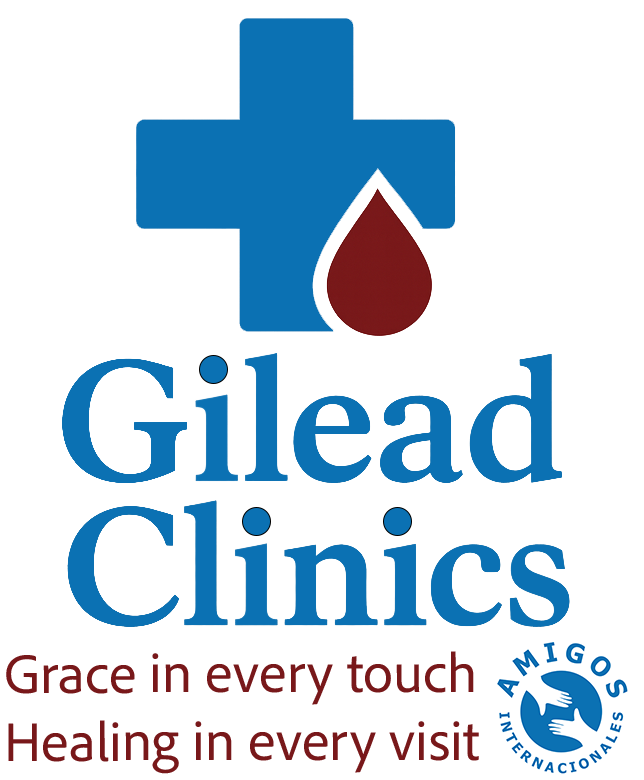

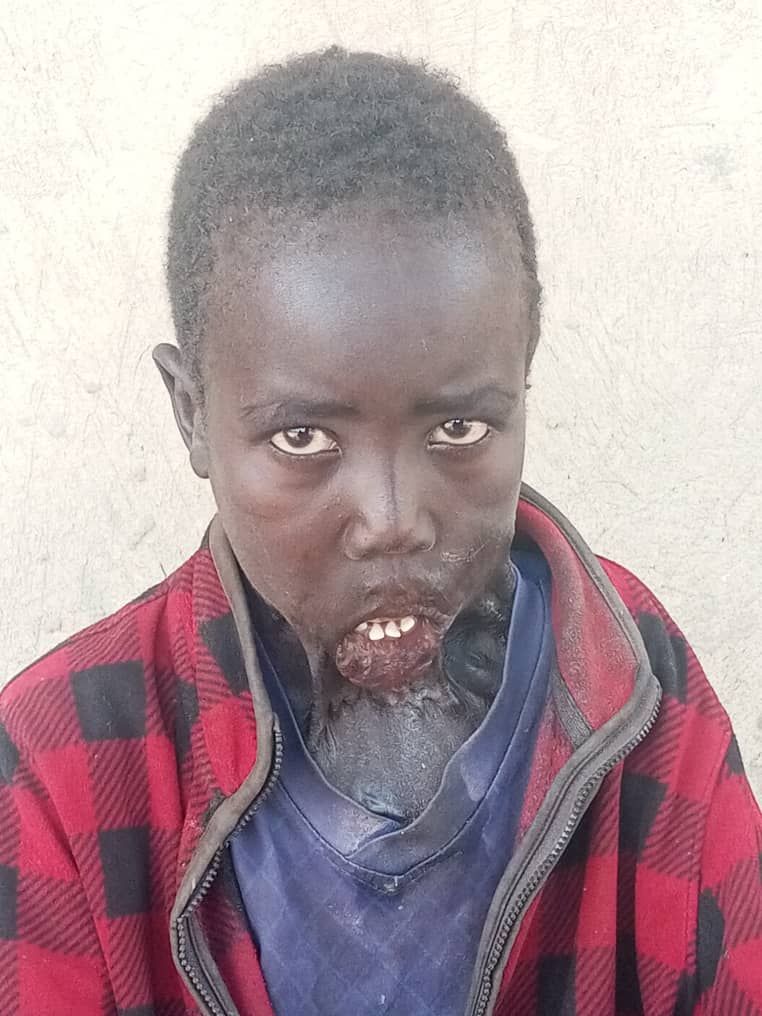

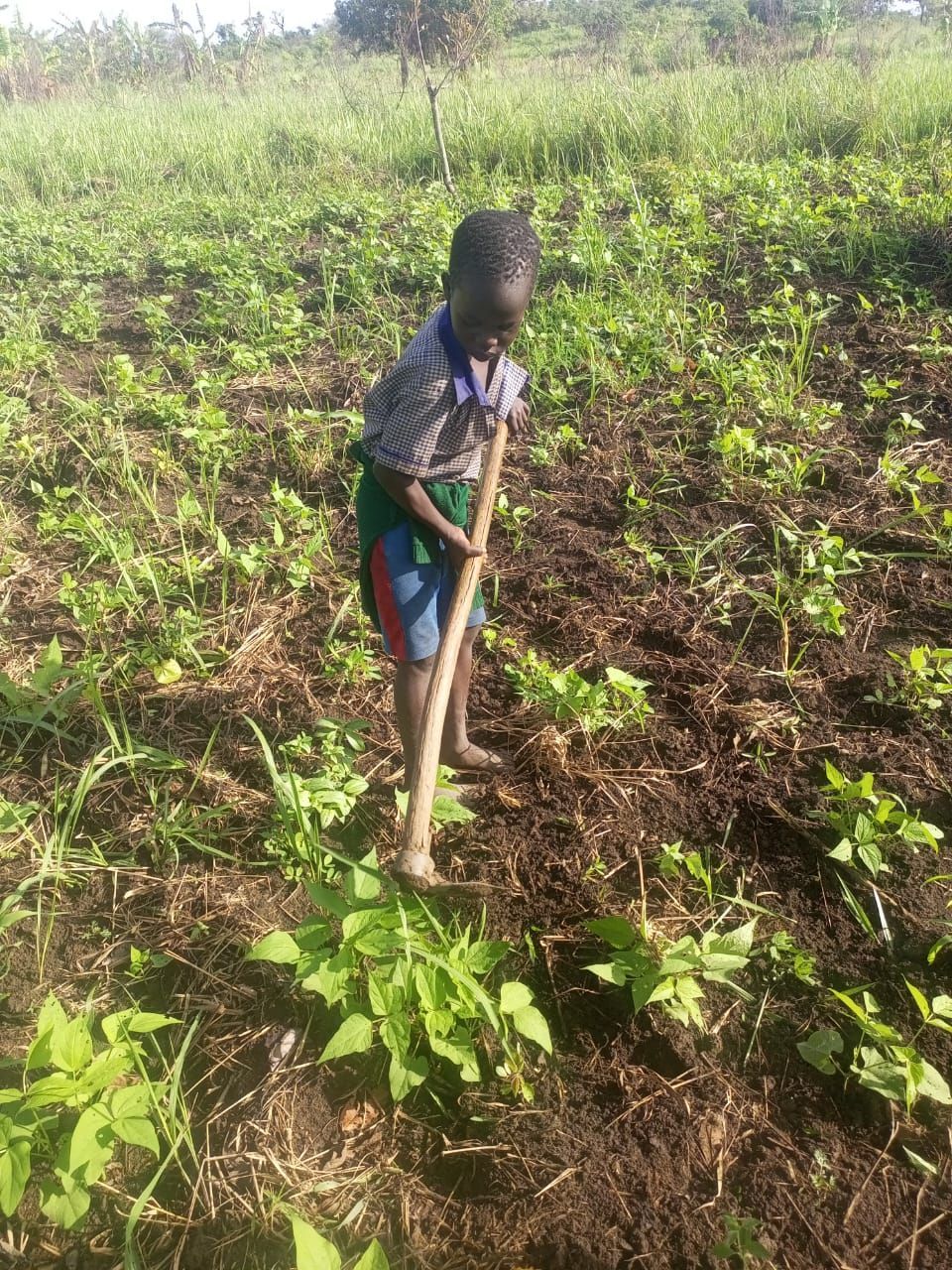
Social Media







